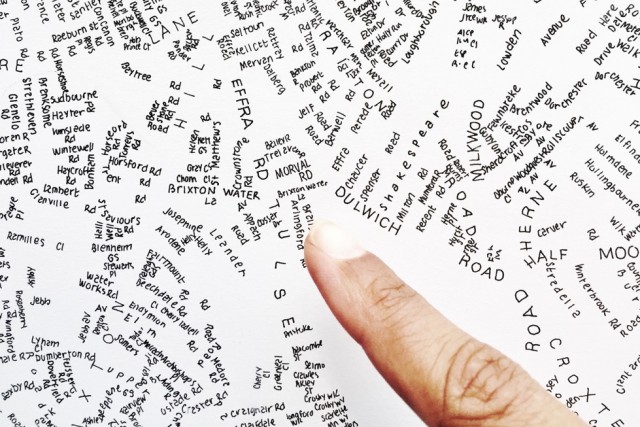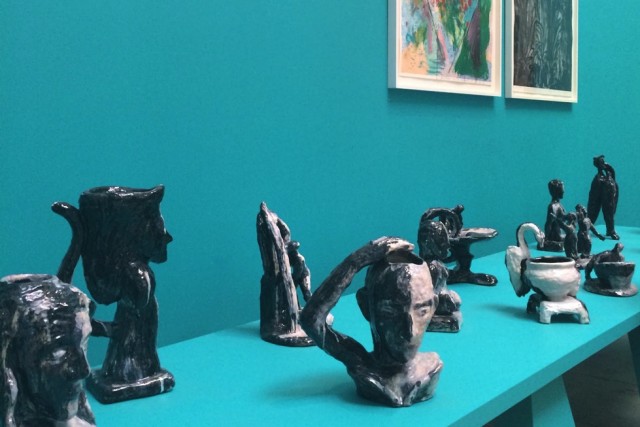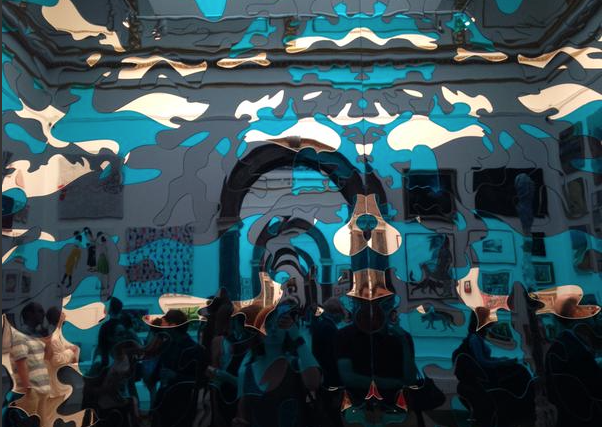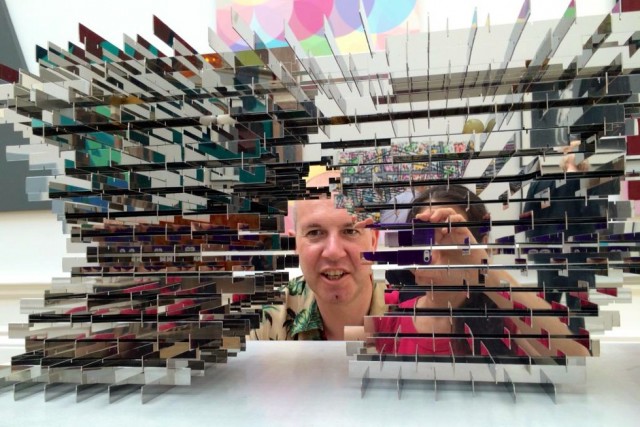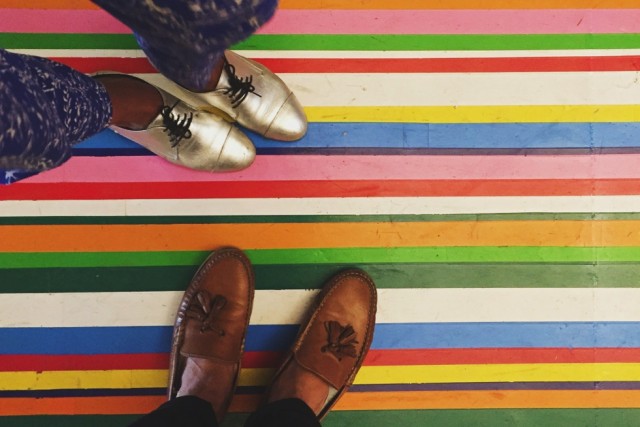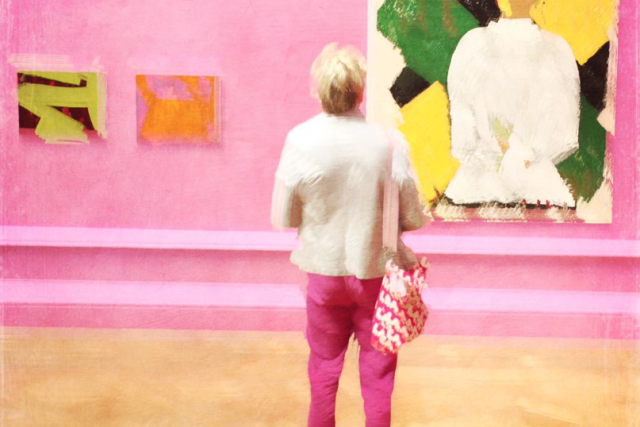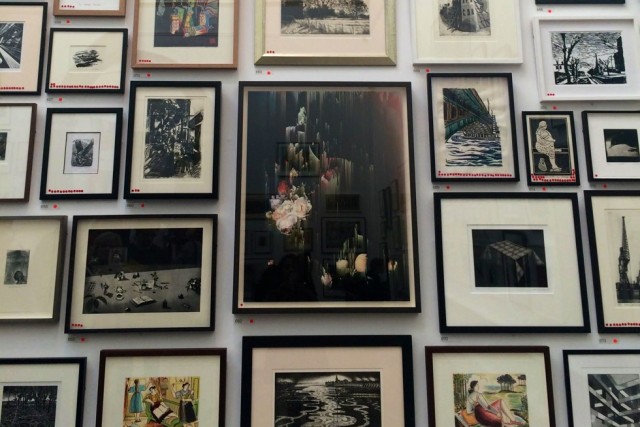Selfies For Souvenirs: Photography Now Welcome At The Royal Academy
To selfie or not to selfie? Bhavani Esapathi attends her first Blogger and Instagrammer Evening at one of the UK’s most traditional art spaces, and wonders if other galleries should be taking the current trend for visitor photography a bit more seriously…
What’s your favourite thing to do in a gallery? Looking at recent news reports, and whether you like it or not, it is probably taking a selfie. We, as social beings, love validation, and taking an artwork’s photograph does not just give us social proof of us being there in that moment, but somehow makes it even more real to ourselves.
This is exactly what was going on in my mind as I attended a new kind of press view recently: the Royal Academy’s Blogger and Instagrammer Evening, specifically to launch their distinguished and long-running Summer Exhibition. A real move to push the RA into the 21st century, press and social media lovers alike were invited to snap away and share their discoveries through the #RASummer hashtag. A perfect moment to meet the RA’s Head of Digital, Nick Sharp, I was keen to ask him some questions around audience and digital engagement, and the evening provided some intriguing extensions to my thoughts.
Did you know, for example, that this is the first ever Summer Exhibition in the past 247 years that has been not only digitised, but where the works are encouraged to be photographed? Restrictions have been completely lifted, unlike other prominent galleries and museums which have long enforced bans on photography and, more offensive to some, selfie sticks — like MoMa and the National Gallery.
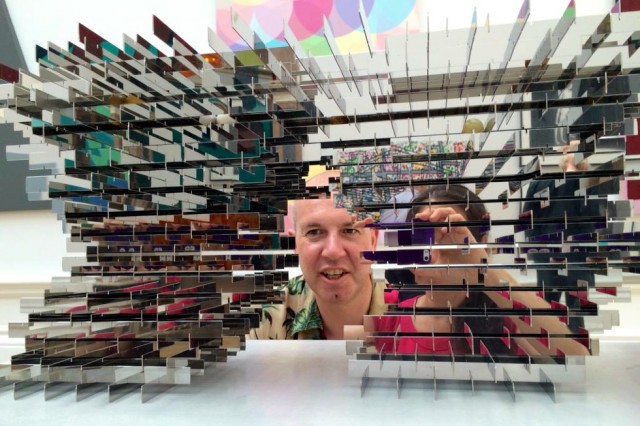
So why digitise this collection — and allow photography — now? According to Nick Sharp and the RA, the process of digitising enhances the gallery experience. Sharp believes that if you look at a specific work of art within the space and then go away, you are literally walking away from the gallery and potentially your engagement; whereas if you’re allowed to capture art in all its glory on your phone or camera, or even revisit it via the RA’s new Summer Exhibition Explorer virtual catalogue, then you’re more likely to meditate upon revisiting — or even buying — that piece of art that caught your attention in the first place.
Sharp also emphasised something that I had never previously considered: the fact that artists almost never have any problems with the public photographing their work. Much of the photographic or copyright restrictions come from the lenders, owners and others involved in the process of acquiring said artwork.
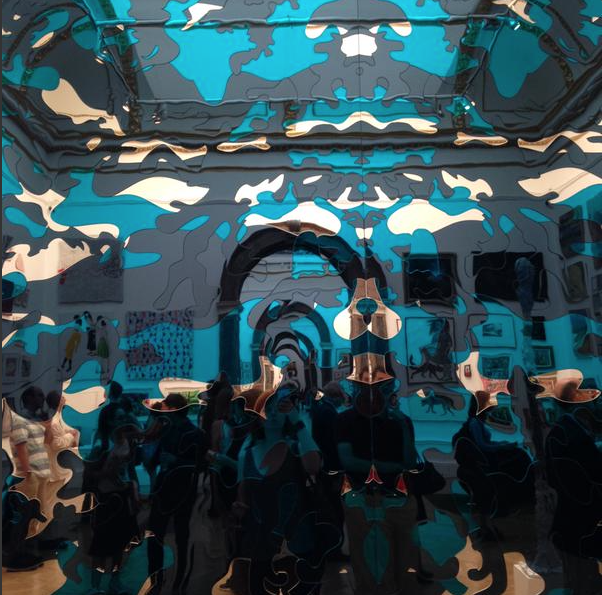
Most people might feel a move towards digital is a turn away from old fashioned paper and ink; however, I was pleasantly surprised to get the entire list of works as a pocket handbook to take away. Perhaps we need to shift away from this artificial binary that we subconsciously subscribe to that everything digital means ignoring other conventional methods of connecting with your audience. The entire exhibition was still very traditionally curated, with each room dedicated to different categories of art — from sculpture to works on paper.
If I really thought about it, there was almost nothing to differentiate this exhibition from others, besides adding the one element that changes everything — the visitor. There were people taking photos, selfies, tweeting, and Instagramming in some of the most creative ways imaginable (just search for #RASummer and look for yourself).
On my visit, that one little change — an invite to photograph — exponentially increased the chances of a person looking in greater detail at an artwork, rather than becoming overly snap-happy, or ditched from the moment, as one would expect. Of course, Sharp also pointed out the amount of paperwork they had to get through in order to make this happen; in a way, the digital public is asking for a fundamental shift in how the arts as an industry functions.
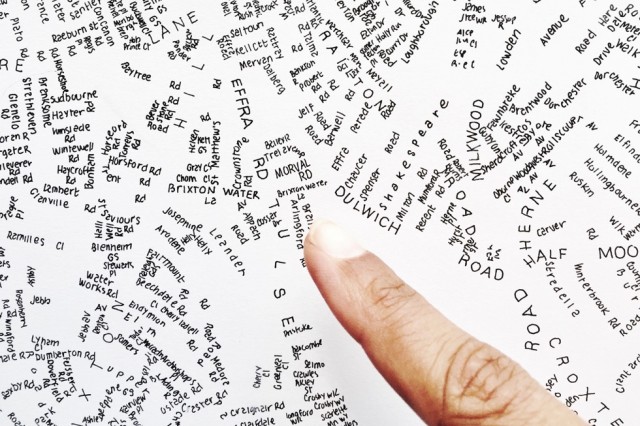
All this begs the question: how much control do artists have around their own work when the exhibiting gallery allows photography? The historical notion of the artist possessing ultimate free will in terms of expression does not seem to extend to the lifetime of the work which remains bound by the many institutions that deal with it. With the Royal Academy being run by artists primarily, it is probably more agile than other organisations in creating and sustaining this change, as the team are looking into making public photography and digital archives the norm as opposed to a one-off event. Yet the question remains; we shall have to wait and see how institutions respond over the coming months and years.
Whilst some might think it’s a bold move to take this kind of digital turn, I like to think it was a necessary one. As Nick Sharp hints at both the enormous commercial opportunities this presents, and the intensity of prolonging the gallery experience even after a visitor has left the building, the RA’s new kind of visitor approach is a much needed adaptation towards what the public seems to want. Just watch out for that selfie stick…
Bhavani Esapathi is a writer and speaker on digital innovation within the cultural sector. She mentors at The Goethe Institut (Germany) on digital arts management for museum and art professionals as well as leading the social media team at ArtMapLondon (UK). More here
All images courtesy #RASummer on Twitter — thanks to Rikesh Sudra @Rikesh_Sudra, Katy Barrett @SpoonsOnTrays, Veevs @Veevs, Heather Petty @HeatherP42, and of course Bhavani Esapathi @bhaesa
See the Royal Academy of Art’s Summer Exhibition for yourself until 16 August 2015 – Main Galleries, Burlington House, London
Gallery open Saturday-Thursday 10am-6pm, Friday 10am-10pm. Tickets £13.50/12 — concessions available

